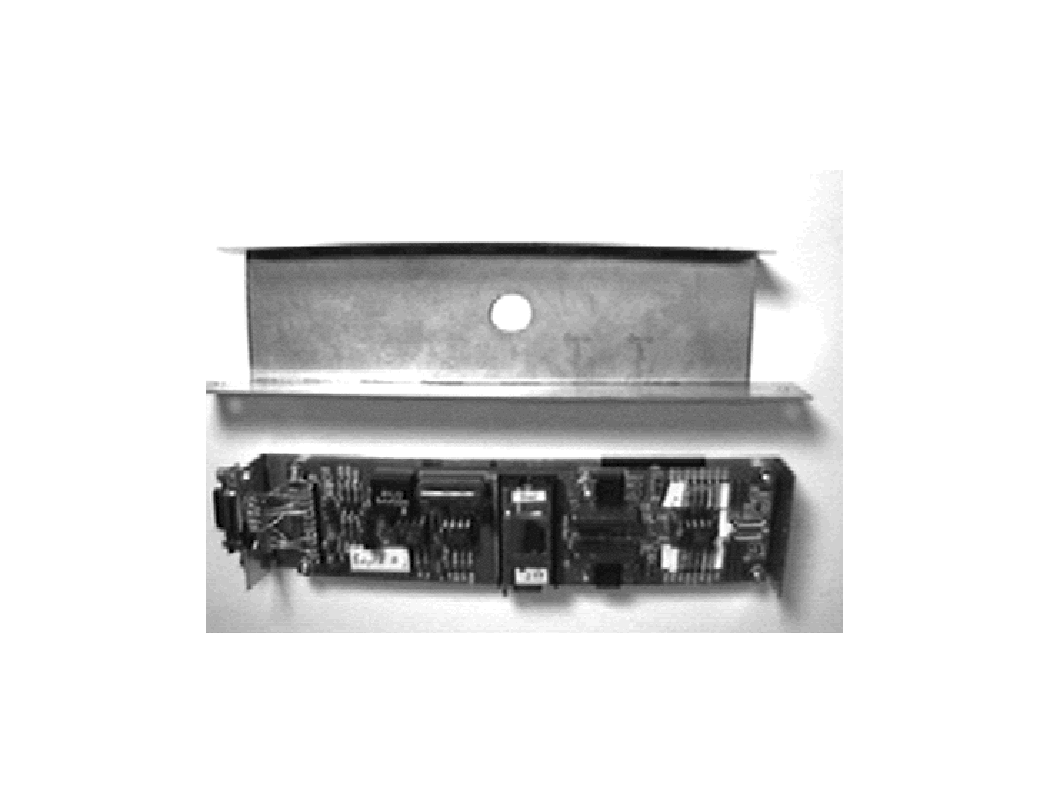The Tunneling Horizon Detector
(an Experimental Earth Horizon Detector Payload)

The purpose of this information is to summarize the results of the work on the Tunneling Horizon Detector (THD), an experimental infrared Earth horizon detector the microsatellites. It was designed, constructed, and tested by Kevin Stattenfield for his thesis research as part of his Degree of Advanced Engineer. A more detailed description is contained in Kevin's thesis "TUNNELING HORIZON DETECTOR PAYLOAD DESIGN, TEST, AND CONSTRUCTION FOR THE SAPPHIRE MICROSATELLITE MISSION", contact the Stanford University Library (415 - 725 - 1064) or Professor Tom Kenny (kenny@sunrise.stanford.edu) for information about obtaining a copy of this work.
The following sections contain the Abstract of Kevin's thesis, and a 20 page summary of the THD including: What is the THD? How does it operate? How is the THD payload integrated with the SAPPHIRE spacecraft? What is unique about it and what are some of the future applications?
 Abstract
Abstract
Since this summary is part of the design log for the SAPPHIRE Microsatellite, the following description and format (and section labeling) is consistent with the design log.
2.3 Tunneling Horizon Detector (Stattenfield 6/95)
2.3.1 Continuity
The primary goal of the THD is to "evaluate" the space based performance and sensitivity characteristics of the Tunneling Infrared Sensor (TIS) as a possible first step towards the process of space qualification of this sensor and its sensing technique. The secondary goal of this work is to design a 1st generation, generic, inexpensive, low power ( < 1 W), light (< 3 lb. ), small (< 48 cubic in.) Earth horizon detector that can be utilized by SQUIRT (microsatellite) space vehicles.
 THD Payload Initial Requirements and Guidelines
THD Payload Initial Requirements and Guidelines
 Sensor Design and Development History
Sensor Design and Development History
 Tunneling Horizon Detector Payload Design
Tunneling Horizon Detector Payload Design
 THD Payload Operation Overview
THD Payload Operation Overview
 THD Payload Calibration and Test
THD Payload Calibration and Test
 Space Data Evaluation and Validation
Space Data Evaluation and Validation
F. Conclusion
Due to the THD payload's low power (< 1 W), size (< 16 cubic in.), and mass (< 6 oz.), it is believed that a horizon detector based upon the results and "lessons learned" from the SAPPHIRE mission should be valuable to microsatellites. In addition, the expected operational requirements, performance, and sensitivity characteristics of the TIS make it a viable candidate to many future spacecraft missions.
 Documentation and References
Documentation and References
 Hardware, Software and Electrical Modifications
Hardware, Software and Electrical Modifications


 THD Payload Initial Requirements and Guidelines
THD Payload Initial Requirements and Guidelines Sensor Design and Development History
Sensor Design and Development History Tunneling Horizon Detector Payload Design
Tunneling Horizon Detector Payload Design THD Payload Operation Overview
THD Payload Operation Overview THD Payload Calibration and Test
THD Payload Calibration and Test Space Data Evaluation and Validation
Space Data Evaluation and Validation